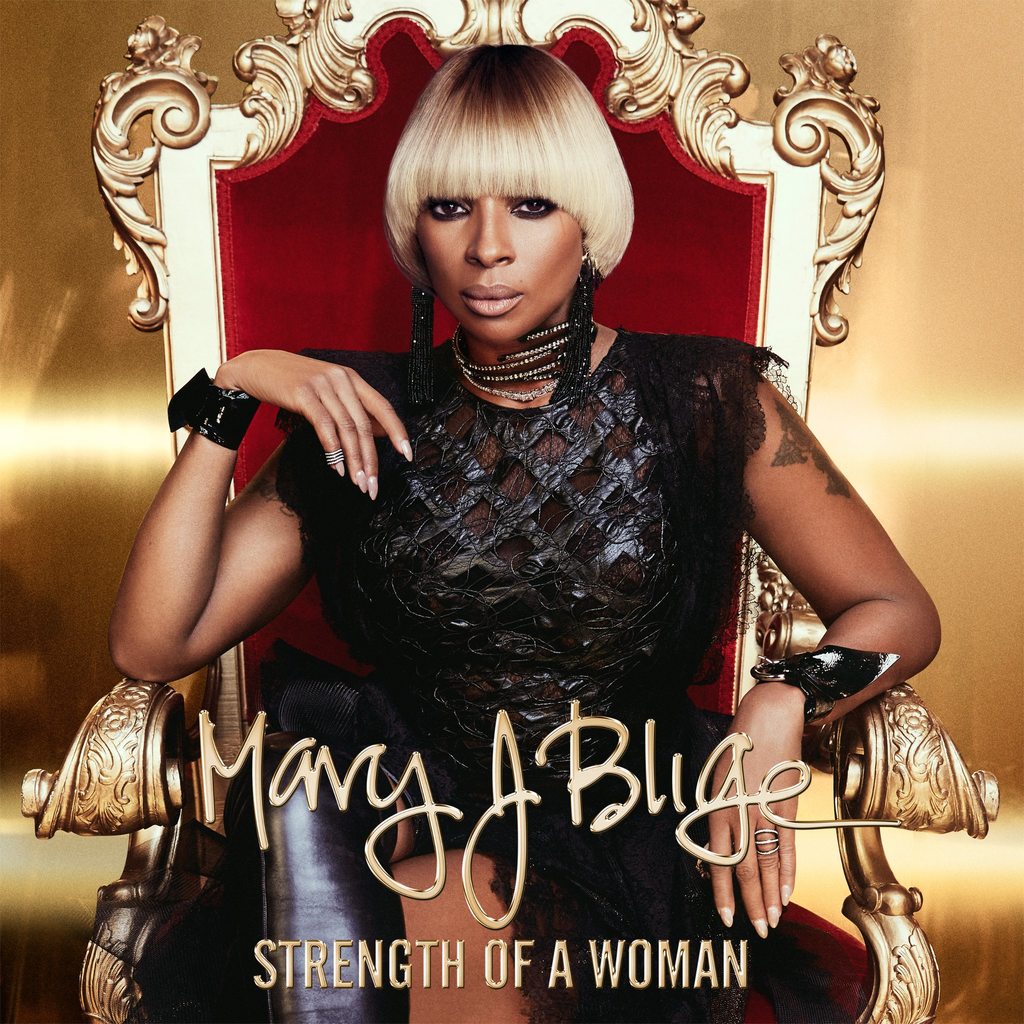

Unable to properly adjust to her newfound fame and suffering from past trauma stemming from being the victim of sexual abuse as a child and teenager, Blige began to self-medicate by using cocaine and alcohol to cope with stress. In spite of her debut being touted as one of the stronger efforts of the year and her star rising at a rapid rate, trouble brewed in Blige’s paradise and would begin to become apparent in the aftermath of the album’s release. By the time What’s the 411?, Blige’s solo debut, arrived in summer 1992, that look signaled a departure from traditional R&B tropes and hip-hop’s growing influence on the genre. Entrusted with transforming Blige and cultivating her image as an artist, Combs, along with stylist Misa Hytlon-Brim, keyed in on her around-the-way girl tendencies and magnified them, outfitting Blige in street-approved designer wears, backward baseball caps, and baggy Girbaud jeans. Earning her first credits singing background for Uptown artist Father MC, Blige’s career as a soloist stalled before being paired with Sean “Puffy” Combs, a hot-shot A&R with a stylish flair and a pulse on what was hot in the streets and the clubs.


Unbeknownst to Blige, a demo of the performance would be passed along to Jeff Redd, an artist and A&R at Uptown Records, who was taken aback by Blige’s vocal prowess.įacilitating a meeting with label president and CEO Andre Harrell, Redd’s efforts resulted In Blige inking a deal in 1989, becoming the youngest act on the roster and its first female R&B artist. The course of Blige’s future would forever be altered following a visit to the Galleria Mall, in White Plains, New York, where she sang a cover of Anita Baker’s “Caught up in the Rapture” in a recording booth on a whim. However, her roots in the rough-and-tumble Schlobohm Houses and a lack of connections within the music industry made her chance at attaining a music career an unlikely one. Laura Jamison is a freelance writer living in New York.Raised in Yonkers, New York, Blige discovered her talent as a singer at seven years old, honing her skills with performances for local residents, friends, and family. Soundtrack (and the final cut on "Share My World"), and you getĪ sense of what's missing here: The queen may still reign, but she Song he wrote for Blige to sing on the "Waiting To Exhale" But compareĪ new track by Babyface, "Missing You," to "Not Gon' Cry," the "Everything" (which quotes the old Stylistics' song "You AreĮverything") draws you in with its sheer familiarity. Likewise Jam and Lewis' "Love Is All We Need" hasĮnough of a beat to get your head nodding, just as their Rap fits in just right, and it's amusing to hear her try to rap about The first track, (really the second,Īfter a tired "introduction" about how great Blige is) "I Can Love That said, the album is somewhat infectious in spite of itself - it's With "Share My World," Blige's rough edges have been so sanded down that the album comes off like day-old seltzer: digestible, but disappointingly flat. But often you can hear her struggling to stay in key. She has some pipes, she has attitude and she has an emotional rawness that moves listeners to stand up and yell, "Get it, Mary!" as if she were an intimate friend.

The problem is - and even her most slavish fans admit this - singing is not Mary J. To be sure, all the songs have a hip-hop beat, but the "mature" additions suggest this was to be her break-out album, where she makes it as a singer, not an icon. Even rapper Lil Kim makes an appearance, as does nasty crooner R. She has abandoned her famous producer, Sean (Puffy) Combs, creator of Bad Boy Entertainment (and producer of the late Notorious B.I.G.), replacing his vision with one concocted by an array of producers and songwriters, most of them surprisingly adult: Babyface, Mtume (former keyboardist for Miles Davis, and producer for Roberta Flack and the late Phyllis Hyman) and veterans Jimmy Jam and Terry Lewis. With "Share My World," her third effort, Blige appears to be trying to create another category, one that resides between hip-hop and Anita Baker. But none of her imitators have been able to touch her icon status.
Mary j blige share my world album playlist crack#
With her shades and blond wigs and refusal to crack a smile (in the early days she was so rude to the press, her handlers sent her to charm school), Blige personified "ghetto fabulousness." Some say she helped create the hip-hop soul genre - certainly, she paved the way for singers like Faith Evans, Monica, Monifah. Blige has reigned over the world of hip-hop soul like the mean queen she is. Since her debut album, "What's the 411?" dropped in 1992, Mary J.


 0 kommentar(er)
0 kommentar(er)
